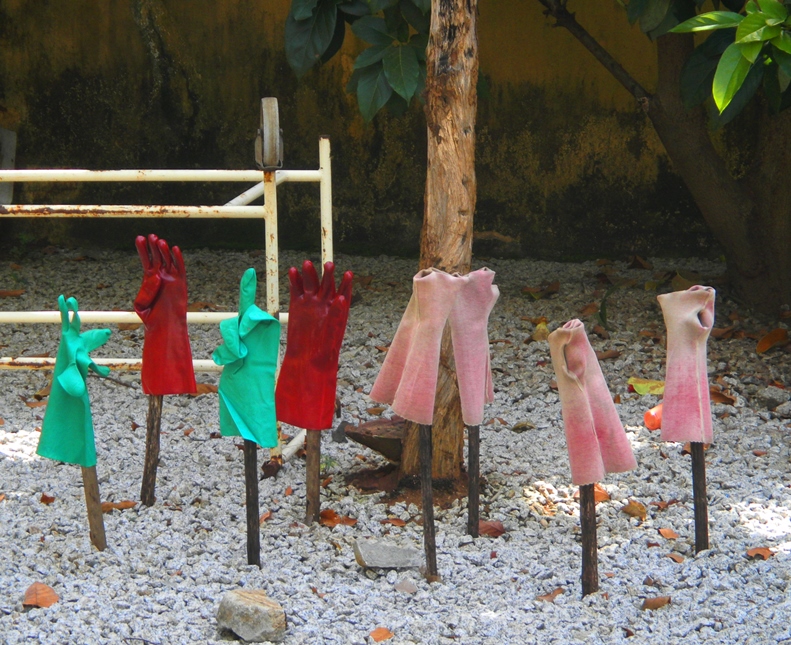The Ebola virus comprises a group of pathogenic agents that cause severe and deadly hemorrhagic fevers in humans and other primates. During 2014 and 2015, an Ebola virus epidemic in West Africa—predominantly, the countries of Guinea, Liberia, and Sierra Leone—killed more than 11,300 people; it was the worst outbreak of this disease in recorded human history. At that time, the World Health Organization (WHO) declared the Ebola outbreak to be a Public Health Emergency of International Concern (PHEIC), and massive efforts were undertaken to contain the spread of the deadly disease. By early 2016, the affected countries were declared free of Ebola virus transmission, and the epidemic was considered to have ended. However, since then, isolated outbreaks have occurred sporadically, mostly as a result of the virus persisting in survivors after recovery. Most troublesome, though, the Ebola virus was detected in August 2018 in the Democratic Republic of the Congo (DRC) in Central Africa and has since expanded dramatically. It is now the second-largest Ebola outbreak on record. As of June 2019, more than 2000 Ebola cases have been detected, with more than 1350 resultant deaths. See also: Africa; Ebola virus; Ebola virus outbreak in 2014–2015; Exotic viral diseases; Infectious disease; Virus

Ebola virus is spread by human-to-human transmission and through direct contact with bodily fluids or blood of an infected person. The virus also can be transmitted via surfaces or objects that have been contaminated with these fluids. Airborne transmission does not occur. However, the initial origin of this latest outbreak in the DRC has not been identified. The outbreak may have been initiated by infected humans who traveled from West Africa, or it may have emanated from an unknown natural reservoir in the DRC. Complicating the matter is the fact that regions within the DRC that are most affected by the Ebola disease are located in the northeastern provinces of the country, which are in the midst of violent civil conflict. Inhabitants of these provinces also harbor a concomitant deep distrust of foreigners, including medical personnel, which has hampered efforts of aid workers to halt the spread of the disease. See also: Disease ecology; Epidemiology; Public health
Although the number of cases in the outbreak of Ebola disease in the DRC continues to grow, the WHO has not yet declared it to be a PHEIC (which is a rare designation, having been invoked only four times since the adoption of the concept in 2005). So far, the disease has remained within the confines of specific locations in the DRC and has not spread to neighboring countries. In addition, the distribution and implementation of a promising (although officially unlicensed) vaccine—the rVSV-ZEBOV vaccine—have provided hope to investigators, who are confident that conditions will improve rapidly. Still, the decision to not declare a PHEIC has been controversial, especially as some medical authorities believe that the extra attention and resources generated by such a declaration would help accelerate the pace of containment of Ebola disease in the DRC. See also: Experimental Ebola vaccine is effective; Vaccination





